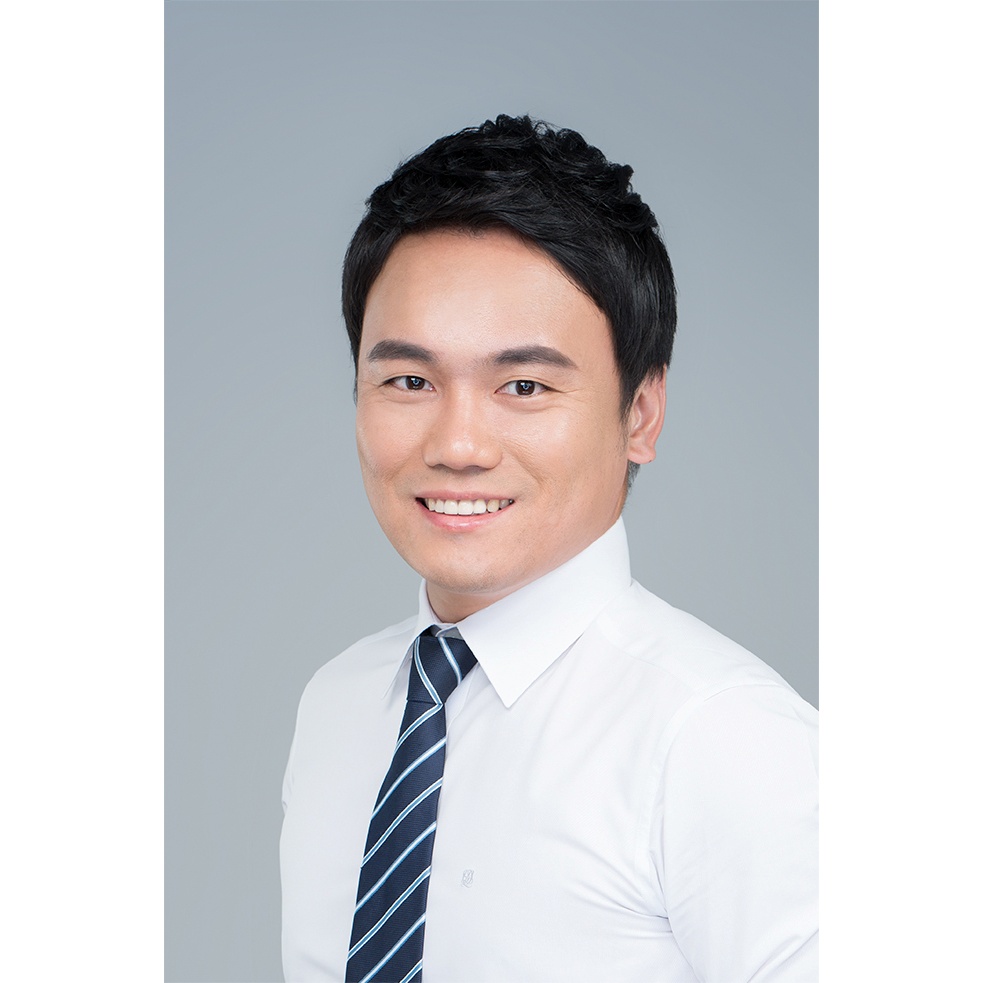Professor Kyung-min Choi develops the world's first auto-differentiation platform for stem cells
- Views 6805
- Writer 커뮤니케이션팀
- 보도일자 2022-06-20
A team led by Professor Kyung-min Choi (also the CEO of LabInCube Co., Ltd.) in the Department of Chemical and Biological Engineering at Sookmyung Women’s University has succeeded in developing a new stem cell differentiation platform that efficiently acquires neural stem cells used in the development of rare disease treatments without external differentiation factor treatment. When this technology is commercialized, it is expected to provide a breakthrough in the production of various stem cell-based therapeutics.

Professor Kyung-min Choi of Department of Chemical and Biological Engineering (also the CEO of LabInCube Co., Ltd.)
This research was carried out jointly with Professor Tae-hyung Kim's team at Chung-Ang University, and was supported by the National Research Foundation of Korea's Mid-Career Researcher Support Project. The research results were published in Science Advances (IF: 14.136), sister journal of Science on April 20th.
Stem cells are cells that can be transformed into various cells that make up the human body through a process called “differentiation,” and are important in researches that develop cell therapy products for the treatment of degenerative and rare diseases. In fact, stem cells in the living body are constantly supplied with nutrients necessary for differentiation and growth as well as complex biometric information in order to regulate various behaviors. Therefore, in order to improve the differentiation efficiency and stability of stem cell therapeutics, it is essential to create a laboratory culture environment that mimics the characteristics of the actual in vivo environment.
Although research using various nanostructures and materials is currently being conducted, the core differentiation technology for obtaining desired cells is still dependent on the discontinuous supply method of adding various differentiation and growth factors to the cell culture medium and replacing them periodically. Accordingly, the differentiation efficiency is limited and cell acquisition rate fluctuates significantly.
The joint research team developed a new stem cell differentiation platform that can simulate the actual in vivo environmental characteristics and maximize stem cell differentiation efficiency by automatically inducing neural differentiation of neural stem cells in an existing laboratory environment. This platform is composed of nano-hole patterns advantageous for neural differentiation of neural stem cells and metal-organic framework nanoparticles that can release factors essential for neural differentiation consistently over a long period of time. The platform is the world's first cell culture platform in which metal-organic framework nanoparticles carrying differentiation inducing factors are positioned one by one inside a single nano hole.

Stem cells were differentiated without external differentiation factors using metal-organic structures and nano hole patterns.
The platform has the following advantages:▲ the shape of the nano-hole pattern is a structure suitable for inducing neural differentiation of neural stem cells by itself, ▲ differentiation factors can be supplied to cells more stably because they have higher chemical stability in the culture medium inside the nanoparticles, ▲ a certain concentration of differentiation inducing factors can be released for a long period of time for about a month or more from nanoparticles carrying differentiation factors, ▲ by loading nanoparticles one by one inside a single nano hole, it prevents contact between cells and nanoparticles during the period of neural differentiation of stem cells, which takes about 3 weeks or more, to induce neural differentiation automatically without loss of nanoparticles.
Accordingly, as a result of comparing the neuronal differentiation efficiency after about 2 weeks, it was confirmed that neuronal differentiation was promoted 43 times or more compared to the existing differentiation protocol. In addition, since no additional differentiation inducers of any kind were added, the differentiation process itself was very simple, and it was confirmed that the cell acquisition efficiency between each batch for differentiation was also very stable.
Professor Kyung-min Choi said, “The platform developed this time can differentiate stem cells very simply and efficiently by automatically inducing stem cell differentiation. Furthermore, because it can be used not only for neural stem cells, but also for the differentiation of other types of stem cells, including mesenchymal stem cells, induced pluripotent stem cells, and embryonic stem cells, we look forward to using it as a new platform for the production of stem cell-based cell therapeutics for the treatment of degenerative and rare diseases.”



